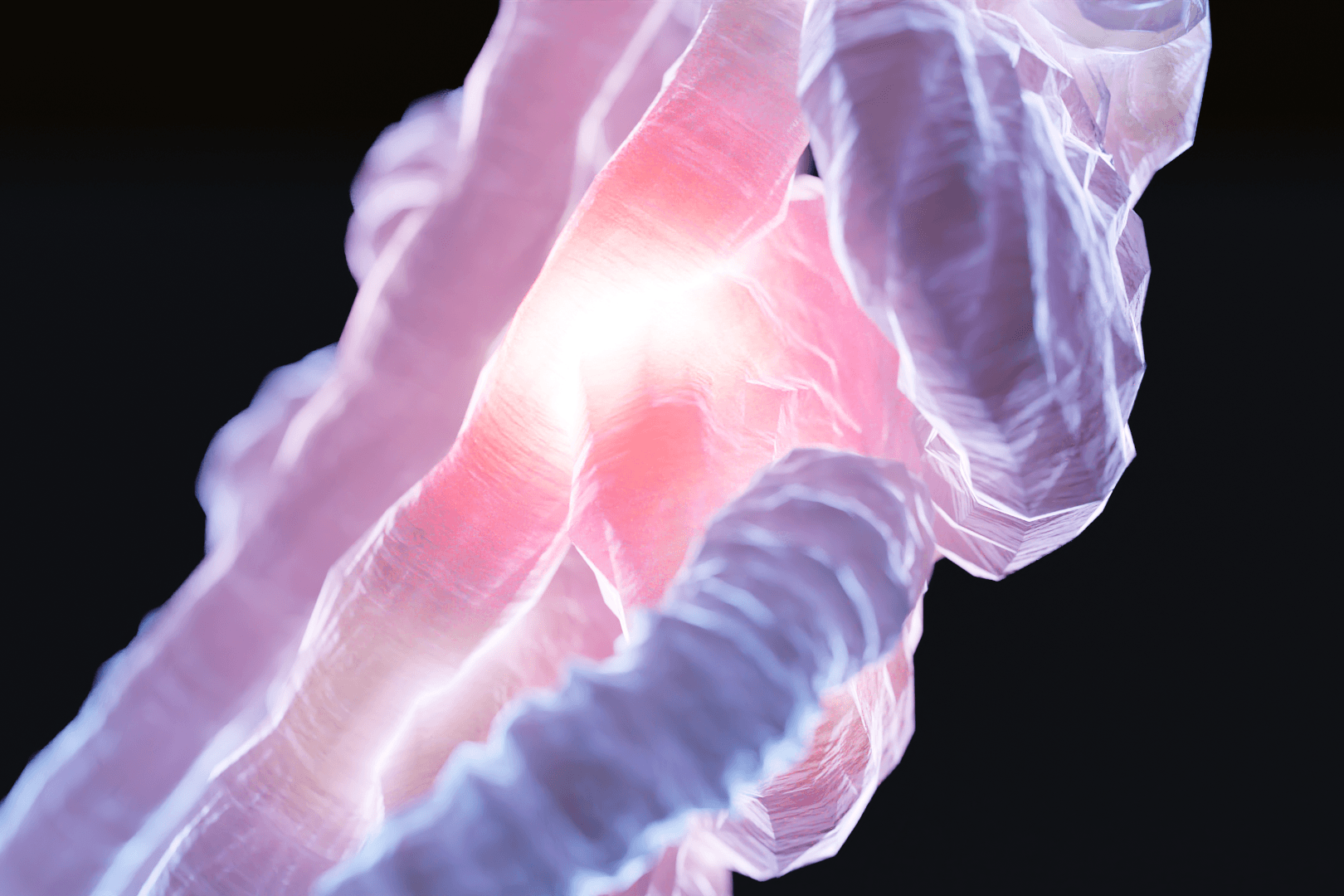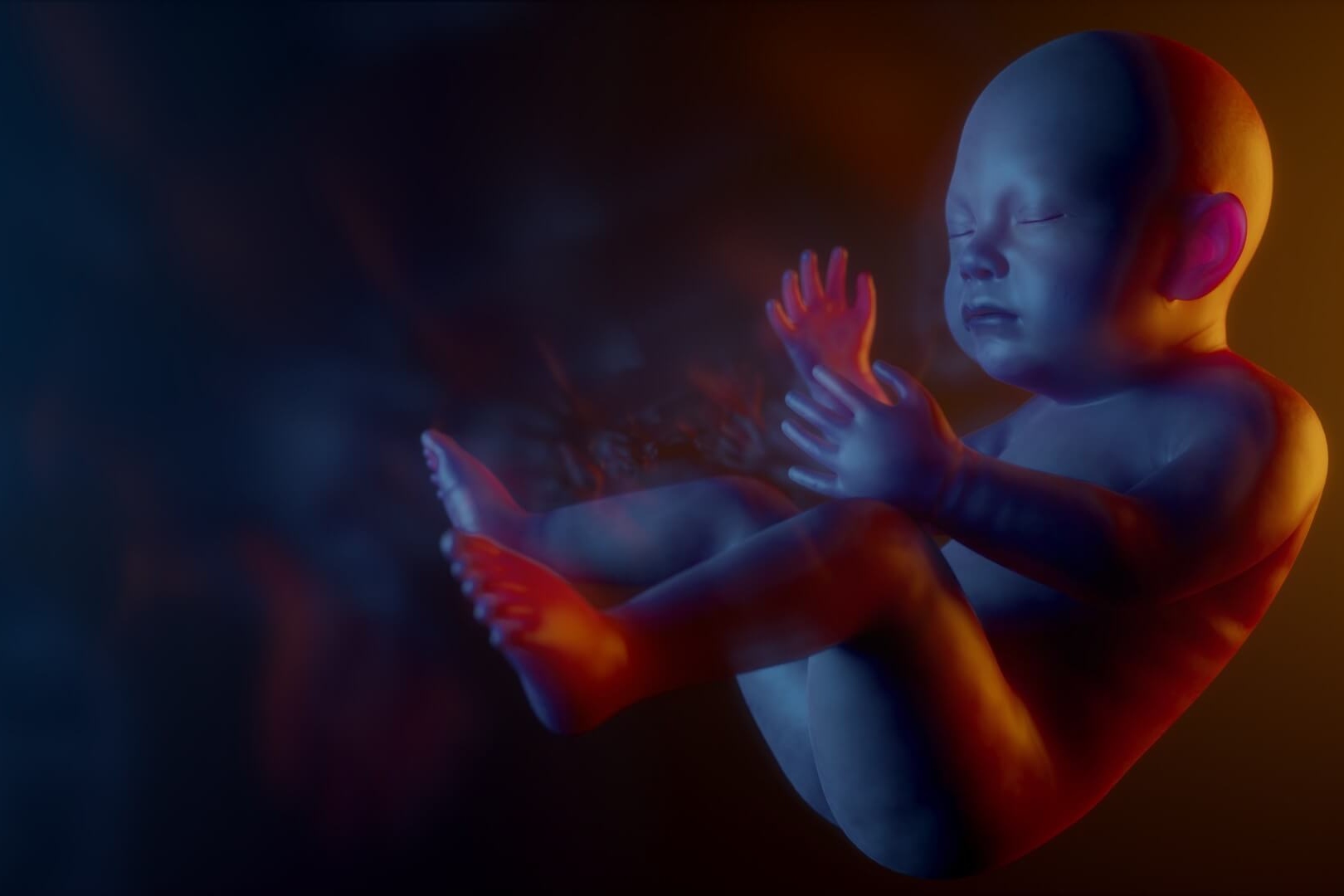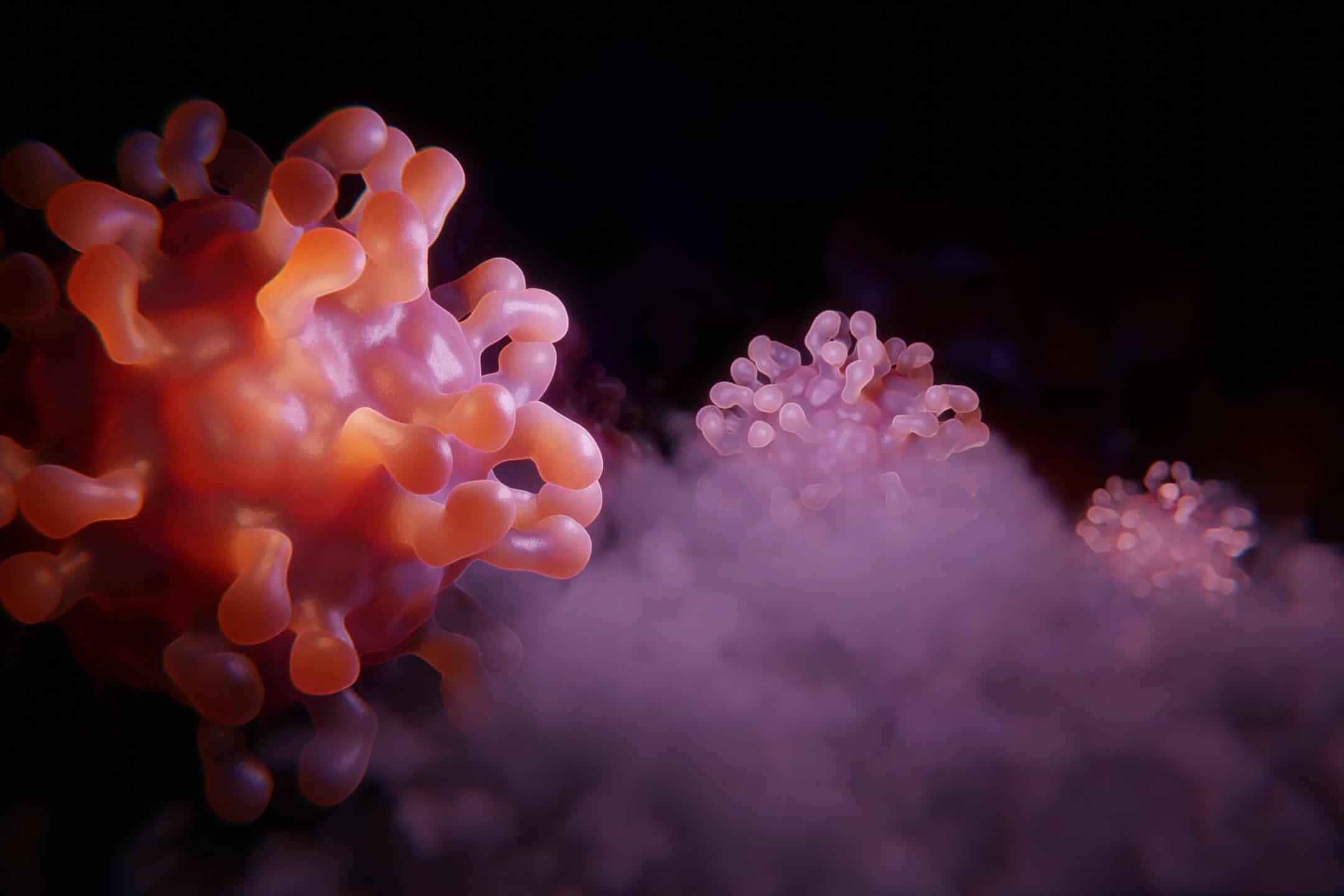MOA stands for “Mechanism of Action,” which refers to the specific biological process by which a drug affects its target. In pharma, MOA is used to describe how a drug works at the molecular, cellular, or physiological level to produce its therapeutic effects.
How Animation Can Help Explain Mechanism of Action
Animation has become an increasingly popular way to communicate complex ideas and scientific concepts, particularly in the pharmaceutical industry. One area where animation has proven particularly useful is in explaining the mechanism of action (MOA) of drugs.
What is MOA?
MOA refers to the specific biological process by which a drug affects its target. Understanding MOA is crucial for developing, testing, and marketing new drugs, as well as for optimizing their use in the clinic.
Why is Animation Ideal for Explaining MOA?
Animation has several advantages over other forms of communication for explaining MOA. First and foremost, it allows for the visualization of dynamic processes that are difficult to describe with static images or text. This is especially important when dealing with complex molecular interactions that occur at the cellular or molecular level.
Another advantage of animation is that it allows for the manipulation of time and scale, enabling viewers to better understand the sequence and duration of events involved in the MOA of a drug.
How to Create an Effective MOA Animation
Here are some tips for creating an effective MOA animation:
- Focus on the key processes and interactions. Avoid clutter and keep the animation simple and easy to follow.
- Use visual cues to highlight important events and transitions. For example, color-coding can be used to distinguish different components of a biological system.
- Use appropriate scale to represent the relative size and complexity of the components involved in the MOA.
- Provide a clear and concise narrative that guides the viewer through the key events and processes involved in the MOA.
- Consider the target audience when creating the animation. Different stakeholders, such as scientists, healthcare providers, and patients, may have different levels of prior knowledge and understanding of the MOA.
Conclusion
In conclusion, animation can be a highly effective way to explain the MOA of drugs. By visualizing complex molecular interactions and processes, it can help stakeholders better understand the key events involved in the MOA and make informed decisions about the development, testing, and use of new drugs.


